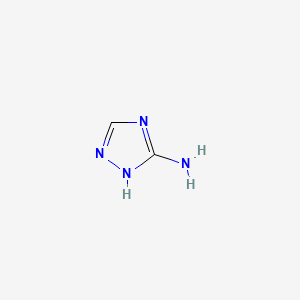In continuation of my updates on aspirin
A meta-analysis of individual patient data has
thrown light on the benefits of aspirin for secondary prevention in patients with ischaemic stroke.
The findings, published in The Lancet, show that the effectiveness of aspirin is limited to
patients with mild or moderate stroke, but that the benefits for these patients are large, most particularly within the first 2 weeks after stroke.
Across 15,778 patients in 12 randomised trials,
those who took aspirin versus placebo after a stroke had a 53% reduction in the risk of recurrent stroke within 12 weeks, with a larger effect during the first
6 weeks than the second 6 weeks, at 58% and 40%, respectively. Besides being less likely to have a recurrent stroke, patients taking aspirin also had less severe strokes when they did occur, report Peter
Rothwell (University of Oxford, UK) and co-authors.
6 weeks than the second 6 weeks, at 58% and 40%, respectively. Besides being less likely to have a recurrent stroke, patients taking aspirin also had less severe strokes when they did occur, report Peter
Rothwell (University of Oxford, UK) and co-authors.
Aspirin conferred risk reductions of 71% for
disabling or fatal ischaemic stroke and 64% for fatal stroke during the first 6 weeks. It also conferred a 79% reduced risk of myocardial infarction. These
benefits remained evident up to 12 weeks of follow-up, with the largest benefits observed within the first 2 weeks.
benefits remained evident up to 12 weeks of follow-up, with the largest benefits observed within the first 2 weeks.
During the first 2 weeks, the largest risk
reductions were seen for disabling or fatal stroke among patients with an initial transient ischaemic attack or minor stroke, with a 93% risk reduction compared
with a 64% reduction for all patients during the same time period. Just three trials randomised their 40,531 participants within 48 hours of the initial stroke. Among these patients, there was a clear effect of initial stroke severity; aspirin roughly halved recurrent stroke risk among patients with mild or moderate stroke, but had no effect for those with severe stroke.
with a 64% reduction for all patients during the same time period. Just three trials randomised their 40,531 participants within 48 hours of the initial stroke. Among these patients, there was a clear effect of initial stroke severity; aspirin roughly halved recurrent stroke risk among patients with mild or moderate stroke, but had no effect for those with severe stroke.
Patients' risk of having a recurrent stroke fell
over time, regardless of treatment, but the benefits of aspirin also declined, with no effect seen after 12 weeks. However, patients also given dipyridamole (11,937 in eight trials) saw a benefit after this point, with dipyridamole providing risk reductions of 24% for any stroke and 56% for disabling or fatal stroke, despite having no effect over the first 12 weeks.
In an
accompanying commentary, Graeme Hankey (The University of Western Australia, Perth)
says the study results imply that the benefits of early aspirin may have been underestimated and its longer-term effects overestimated.Not only that, but he suggests clinicians have
"been unaware of the
benefits of aspirin in reducing the severity of early recurrent ischaemic stroke, and underestimated the effect of dipyridamole in preventing long-term recurrent stroke". He says the findings "have implications for clinical practice", in that they underline the importance of rapid assessment of patients with minor symptoms and prompt administration of aspirin. And from a public health perspective, he suggests that patients with transient symptoms may be encouraged to take aspirin while waiting for medical attention.
benefits of aspirin in reducing the severity of early recurrent ischaemic stroke, and underestimated the effect of dipyridamole in preventing long-term recurrent stroke". He says the findings "have implications for clinical practice", in that they underline the importance of rapid assessment of patients with minor symptoms and prompt administration of aspirin. And from a public health perspective, he suggests that patients with transient symptoms may be encouraged to take aspirin while waiting for medical attention.
Ref :
http://www.thelancet.com/journals/lancet/article/PIIS0140-6736%2816%2930468-8/abstract







